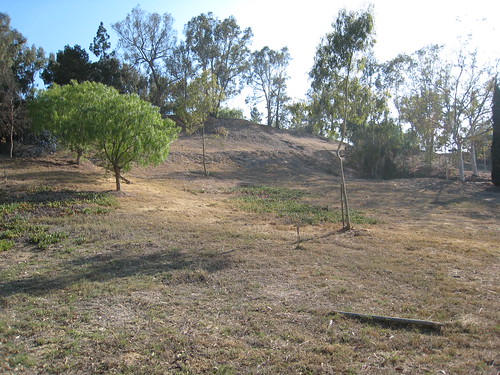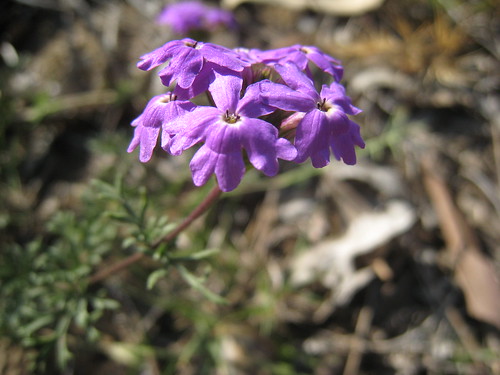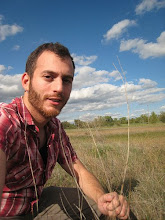Note: Location is approximate and not yet determined
Due to its small size, population density, and prolific oil industry, Signal Hill hardly retains any undeveloped open space. A few areas containing oil wells may one day become parks once the wells run dry, but few of these areas hold any promise for wildlife.

One exception is a 30-acre parcel on the north slope of Signal Hill. This property is currently owned by Signal Hill Petroleum and is strictly off-limits to the public due to safety concerns. The City, in conjuction with the Trust for Public Lands begun talks with the petroleum company to purchase the land. Everything is still in the early planning stages, and the final size/shape/appearance of the park has yet to be determined. The San Gabriel and Lower Los Angeles River and Mountains Conservancy has conducted some of the studies that are necessary to turn this once-productive oil field into a park.
The name "Cha'wot" comes from the word used by the indigenous Tongva people to mean "signal-fire," referring to the signals used by the village in Long Beach (Puvungna, now the campus of Cal State Long Beach) to communicate with neighbors on Catalina Island and the Palos Verdes Peninsula.
You can take a look at the future site of the park from Combellack Drive. From the street, the slopes appear to be dominated by nonnative trees and grasses. The Long Beach chapter of the Sierra Club has spotted more than 70 species of birds among the eucalypts trees, but it is unclear if a thorough assessment of the biological resources has been done. You can read about their work on this project in past issues of their newsletter.

The entryway doesn't say "Welcome", but it doesn't say "Unwelcome" either.... Still, best not to tresspass.
What do they have in mind? Maybe a woodland? Some sage-scrub? I imagine the tall eucalyptus are staying, but I wonder how much of the exotic vegetation they plan on removing....
Some of the prettier (but non-native) flowers from the site:

Moss verbena (Verbena tenuisecta), from South America.

Gazania (Gazania linearis), from South Africa


No comments:
Post a Comment